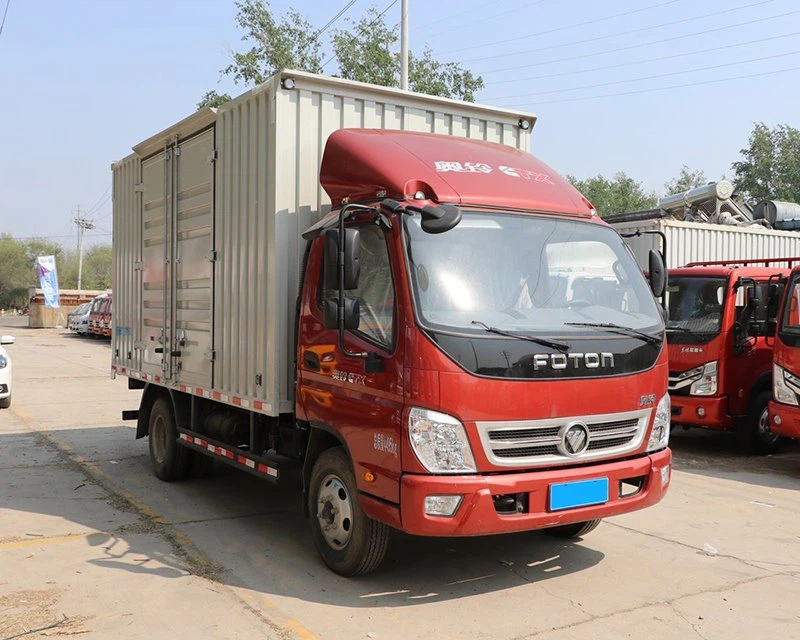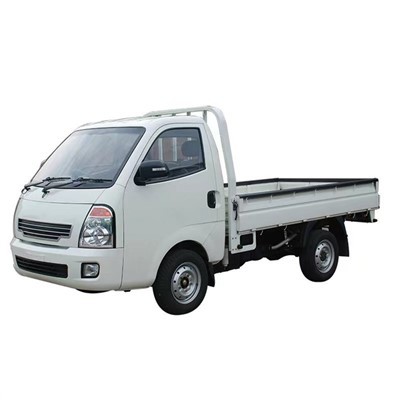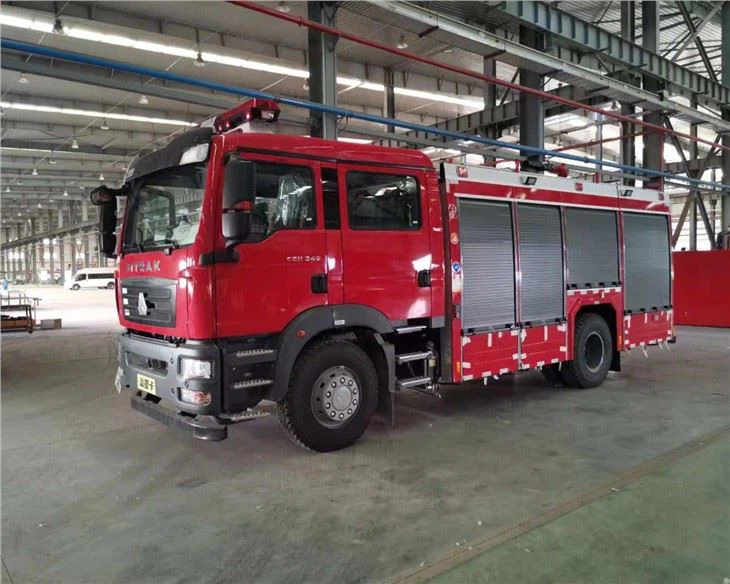Understanding Trash Truck Length: An In-Depth Guide

Trash truck length is a significant aspect of waste management that affects not only the efficiency of garbage collection but also the design of streets and urban infrastructure. This article explores everything you need to know about trash truck lengths, their importance, variations, operational guidelines, and much more.
The Basics of Trash Truck Length
What Is a Trash Truck?
A trash truck, also known as a garbage truck or refuse truck, is a vehicle designed primarily for transporting waste materials. These trucks come in various sizes and configurations based on their intended use, including residential collection, commercial pickup, and recycling operations.

Why Is Trash Truck Length Important?
The length of a trash truck can impact several factors, including:
- Manoeuvrability in tight spaces
- Weight limits for road use
- Overall route efficiency
- Compliance with city regulations
- Environmental footprint
Typical Lengths of Trash Trucks

Standard Sizes
Trash trucks vary widely in length based on their type and purpose. The following table summarizes the general lengths for different categories of trash trucks:
| Type of Trash Truck | Typical Length (Feet) |
|---|---|
| Residential Garbage Truck | 20 – 30 |
| Commercial Garbage Truck | 25 – 35 |
| Recycling Truck | 20 – 30 |
| Front Load Garbage Truck | 20 – 28 |
| Rear Load Garbage Truck | 25 – 35 |
Factors Affecting Trash Truck Length
Several factors influence the length of trash trucks:
1. Type of Waste Collection

The nature of the waste being collected often dictates the truck’s design and size, such as trucks for large commercial clients needing bigger capacities.
2. Local Regulations
Cities may impose restrictions on vehicle lengths to ensure safety and city planning compliance, impacting the type of trucks used.
3. Urban vs. Rural Use
Urban areas may require smaller, more maneuverable trucks, while rural areas may accommodate longer models.
Different Types of Trash Trucks and Their Dimensions
Residential Garbage Trucks
Residential garbage trucks are primarily used for curbside pick-up from homes and have an average length of 20 to 30 feet. Their compact size helps them navigate narrow suburban streets, ensuring efficient collection.
Commercial Garbage Trucks
These trucks, ranging from 25 to 35 feet in length, cater to commercial establishments for larger waste loads. They are built for durability and capacity, often with specialized equipment to handle dumpsters.
Recycling Trucks
Recycling trucks share similar dimensions with residential trucks, spanning 20 to 30 feet. They are equipped with compartments to accommodate various recyclable materials and ensure proper separation.
Operational Guidelines for Trash Truck Length
City Planning and Regulation Compliance
City planners must consider the dimensions of trash trucks when designing roadways, dumpsters, and facilities. Compliance with local regulations on vehicle sizes is crucial for waste management efficiency.
Route Optimization
Consideration of trash truck length can greatly enhance route efficiency. Shorter trucks may benefit residential routes that include tight turns and limited access, while longer trucks may be suitable for straight, open routes.
Practical Examples and Tips
Choosing the Right Truck for the Job
When selecting a trash truck, consider your specific collection needs:
- For narrow residential streets, opt for smaller trucks.
- For high-volume commercial routes, choose larger trucks for efficiency.
Case Study: City X’s Transition to Longer Trucks
City X recently transitioned to longer trucks to collect waste from a new industrial area. The change resulted in:
- Reduced fuel costs by 15%
- Increased collection capacity by 30%
- Improved operational efficiency
Maintenance and Safety Considerations
Regular Inspection and Maintenance
Ensuring that trash trucks are well-maintained can prevent unexpected breakdowns and extend their lifespan. Regular inspections should focus on:
- Tires and brakes
- Hydraulic systems
- Body integrity
- Mechanical components
Safety Protocols for Drivers
Training drivers on safety protocols specific to trash truck operations is vital, especially when it comes to:
- Operating in residential areas
- Working alongside pedestrians
- Managing large vehicle blind spots
Environmental Implications of Truck Length
Fuel Efficiency
The length of a trash truck can impact its fuel efficiency. Generally, longer trucks may consume more fuel, but newer models designed for lower emissions can mitigate this effect.
Reducing Carbon Footprint
Efforts to reduce the carbon footprint include:
- Utilizing alternative fuel sources like compressed natural gas.
- Regularly maintaining trucks to prevent inefficient fuel use.
- Implementing route optimization software to reduce travel distance.
Frequently Asked Questions
1. How long is a standard trash truck?
The typical length of a standard trash truck ranges from 20 to 35 feet, depending on its type and purpose.
2. How does truck length affect waste collection routes?
Longer trucks may be less suitable for densely populated areas with narrow streets, while shorter trucks can navigate these areas more effectively.
3. What are the benefits of using larger waste collection trucks?
Larger trucks can carry more waste, improving efficiency and reducing the number of trips needed for collection.
4. Are there weight limits for trash trucks?
Yes, most jurisdictions impose weight limits to prevent road damage and ensure safety. Compliance is crucial for operational legality.
5. How often should trash trucks be inspected?
Trash trucks should ideally be inspected regularly, with comprehensive checks performed at least once a month and before major routes.
6. What types of maintenance do trash trucks require?
Maintenance tasks include checking brakes and tires, inspecting hydraulic systems, and ensuring that the body of the truck is free from defects.
